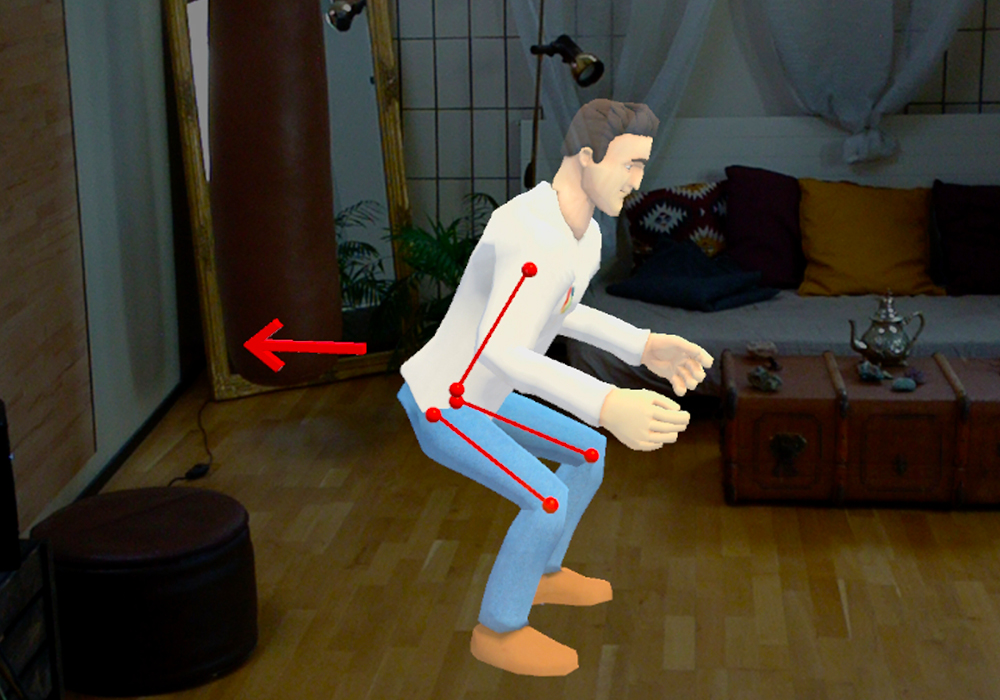Can an augmented reality–based conversational agent support you with your physiotherapy exercises?
What would motivate you to do home those home exercises your doctor has been asking you to do? A new research article on this topic has just been published. “Hybrid Ubiquitous Coaching With a Novel Combination of Mobile and Holographic Conversational Agents Targeting Adherence to Home Exercises: 4 Design and Evaluation Studies”, recently published in Journal of Medical Internet Research (JMIR), looks at new ways of supporting patients with doing their physiotherapy exercises at home.
Tobias Kowatsch, Kim Lohse, Valérie Erb, Leo Schittenhelm, Helen Galliker, Rea Lehner, and Elaine Huang carried out a study with an interdisciplinary team to understand how acceptable hybrid ubiquitous coaching (HUC) is to patients and physiotherapists. The authors were also interested to learn whether HUC leads to patients carrying out the exercises correctly. The study focused on Musculoskeletal disorders (MSDs) such as rheumatoid arthritis and low back pain. The study looked at both the experience of physiotherapists and patients in working with with an augmented reality–based conversational agent (CA).
The results showed that patients preferred HUC to standard treatments, and that patients experienced HUC as useful, easy to use, and enjoyable. Additionally, patients were able to build up a working alliance with the conversational agent. Qualitative feedback further demonstrated that the augmented reality–based CA did indeed help patients to carry out their physiotherapy exercises correctly.
So it looks like we might soon have less excuses for not doing our home exercises…
For further details, please refer to the published article and the Project Website.
Reference:
Kowatsch, T., Lohse, K.M., Erb, V., Schittenhelm, L., Galliker, H., Lehner, R., Huang, E.M. (2021). Hybrid Ubiquitous Coaching With a Novel Combination of Mobile and Holographic Conversational Agents Targeting Adherence to Home Exercises: 4 Design and Evaluation Studies. Journal of Medical Internet Research 23(2):e23612, 10.2196/23612. [PDF].
Visual Abstract by Tobias Kowatsch




